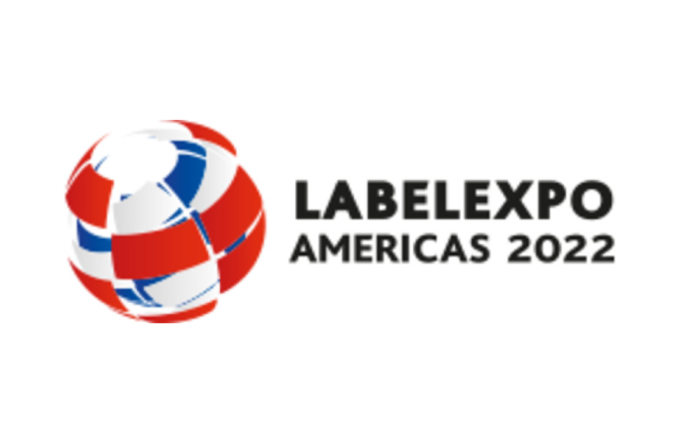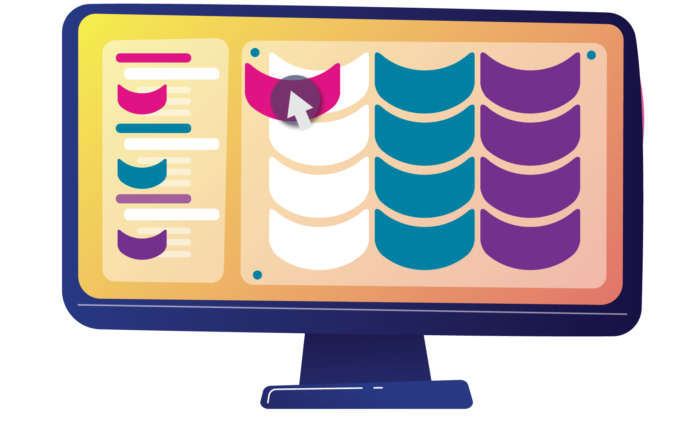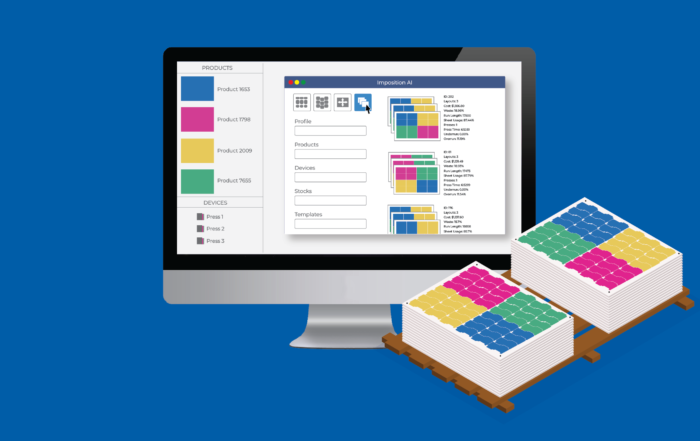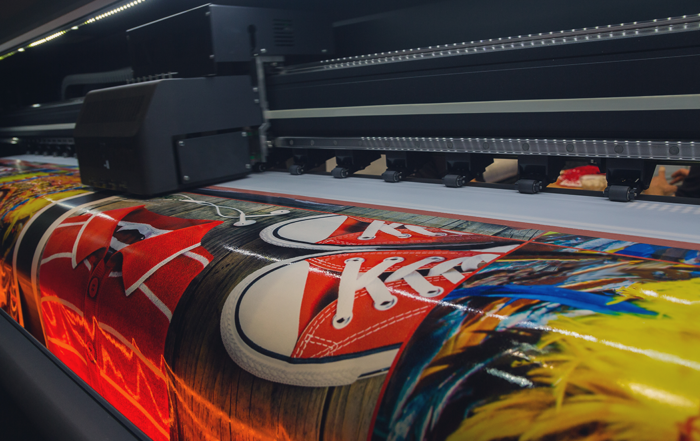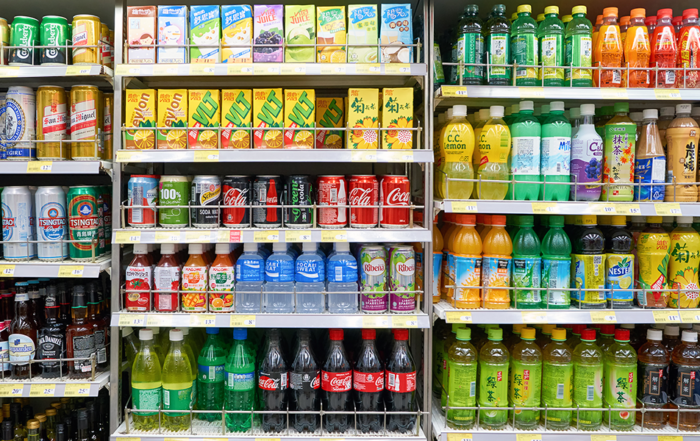Look around your company’s warehouse and take note of what you see – or rather what you don’t see. Companies in general, and manufacturers in particular, are facing severe shortages of raw materials and related supplies (and workers – but that’s another Blog article). And it that wasn’t bad enough, what supplies are available come with a hefty price increase.
The good news is that manufacturers of all types and sizes are reporting a post-COVID surge in demand. The not-so-good news is that material shortages and supply chain backlogs show now signs of improving any time soon. In fact, some experts suggest that the current condition of global and domestic supply chains could become permanent or “the new normal” and necessitate the industry to re-think how goods and materials are shipped, stored, and managed.
In an ironic twist, those lean Just-in-Time manufacturing practices that were all the rage a couple of decades ago (i.e., relying on timely deliveries rather than maintaining high inventory levels) are the same principles now holding manufacturers hostage.
The Impact on Printers
From suppliers and manufacturers to print shops, availability and cost issues are a common thread that runs throughout the print industry. Paper mills and other suppliers are subject to the same challenges plaguing printing companies – a lack of raw materials, backed up supply chains, and higher prices.
As the print industry increases production, throughput becomes a challenge creating missed delivery dates and backlog. And printers aren’t the only ones waiting in line as paper-reliant industries include everything from personal hygiene, food packaging, corrugated packaging, medical supplies, and more. Consequently, mills that produce printing papers in addition to these other products are forced to balance production between different grades of paper and products.
When the pandemic hit, many paper mills either shut down production or converted operations to produce other materials. Now these companies are struggling to meet demand leaving printers with a short supply of very expensive paper. In fact, some industry insiders are predicting that with looming price increases, paper costs to printers will triple or even quadruple in the year ahead.
What does this mean?
The situation, both global and serious, is causing printers to scrutinize all areas of the operation to find ways to slash waste, maximize resources, and optimize material usage.
For most, this means ganging jobs whenever practical to save on ink, paper, and labor costs. Similarly, creating the tightest possible layouts accelerates production while reducing scrap.
Today’s advanced software applications are helping printers to automate, accelerate, and streamline operations. These associated time and material savings are being shown to have a measurable and sustained impact on both productivity and bottom-line profitability.
Tilia Phoenix
More and more companies are turning to Tilia Labs for answers. The company’s print industry software application, tilia Phoenix, offers a universal solution that allows for optimized layout creation and planning across the entire production floor. The result is a boost to digital printing productivity, reduced cost, and optimized production for all print industry segments including packaging, labels, commercial, digital corrugated, and wide format printing.
Eliminating the need or automating the process for template-based imposition allows Phoenix to match pace with even the industry’s fastest presses while reducing ink and paper usage along with related costs. On average, Tilia Labs’ customers utilize 15% less material and time spent on press.

